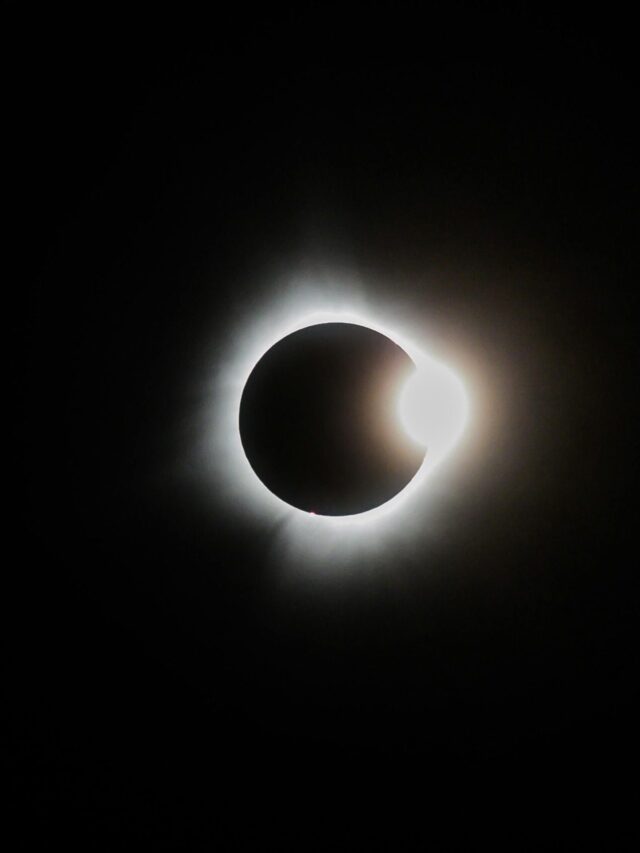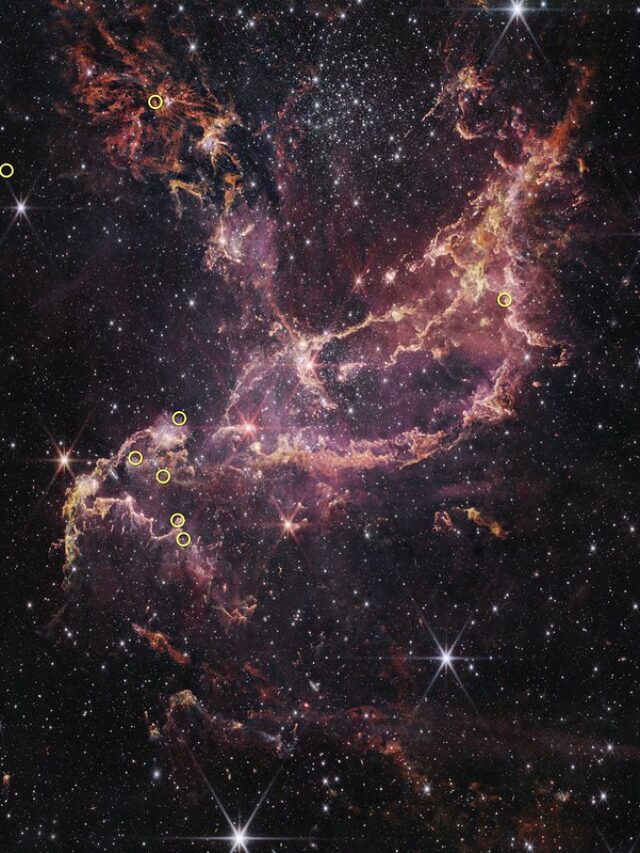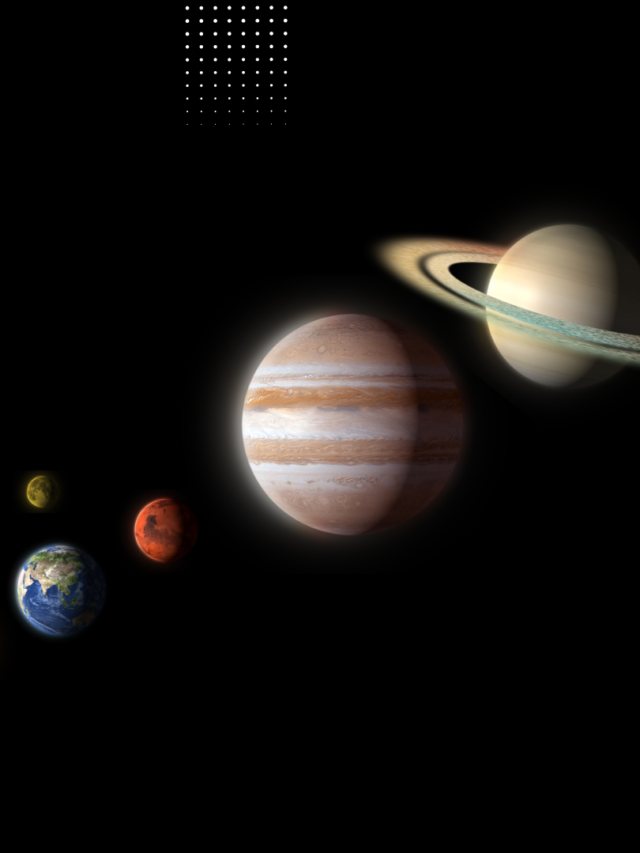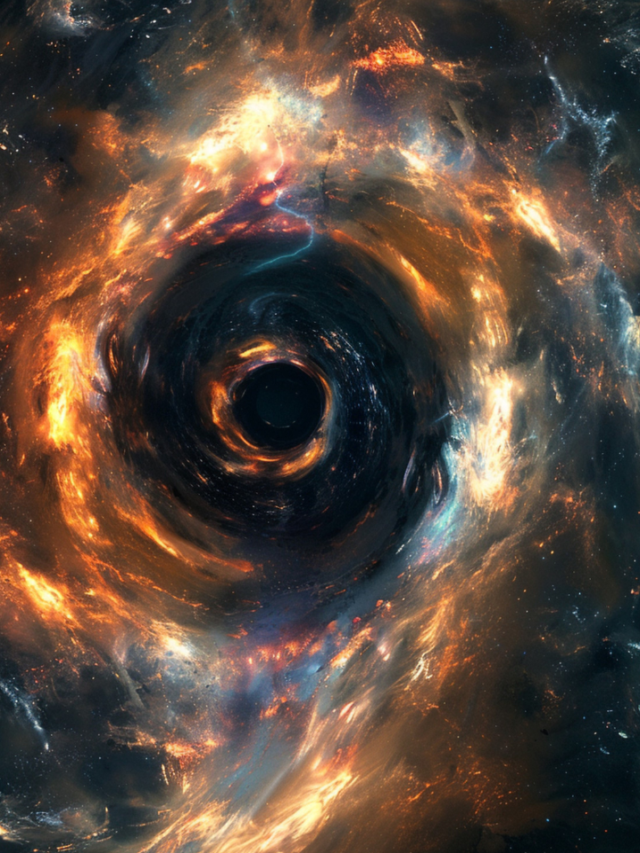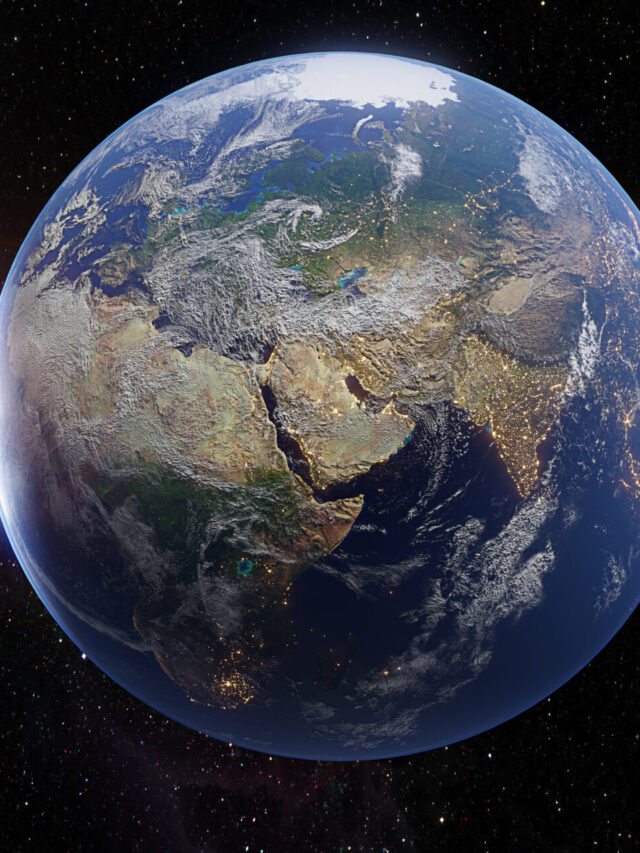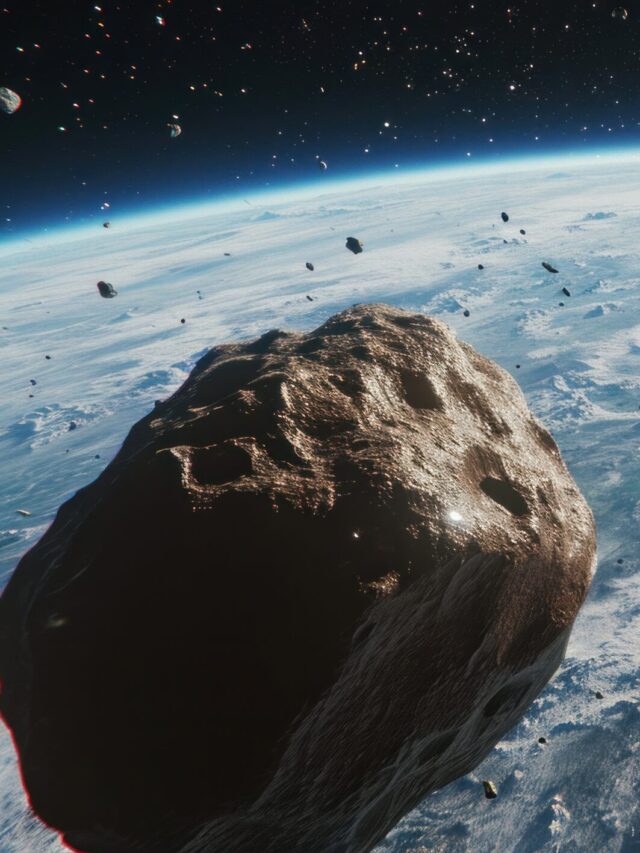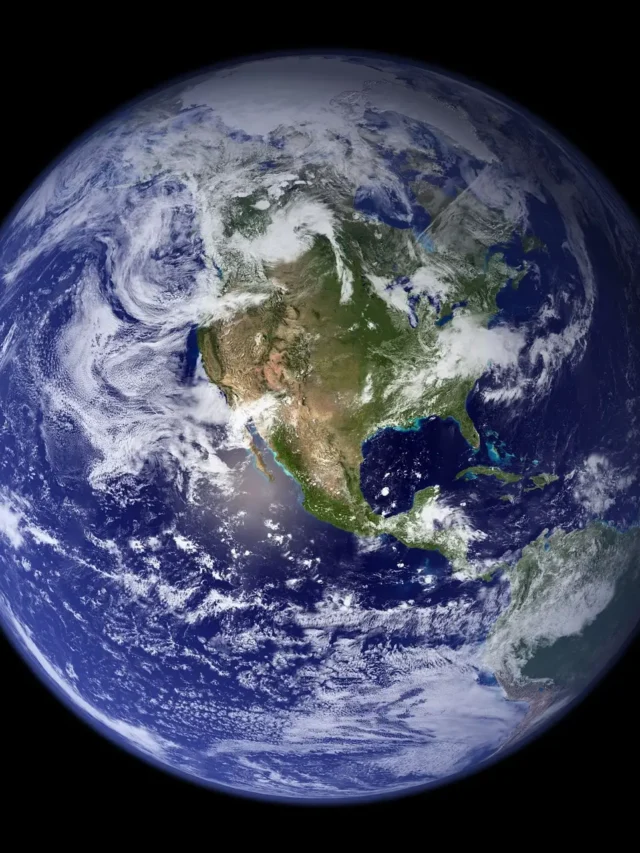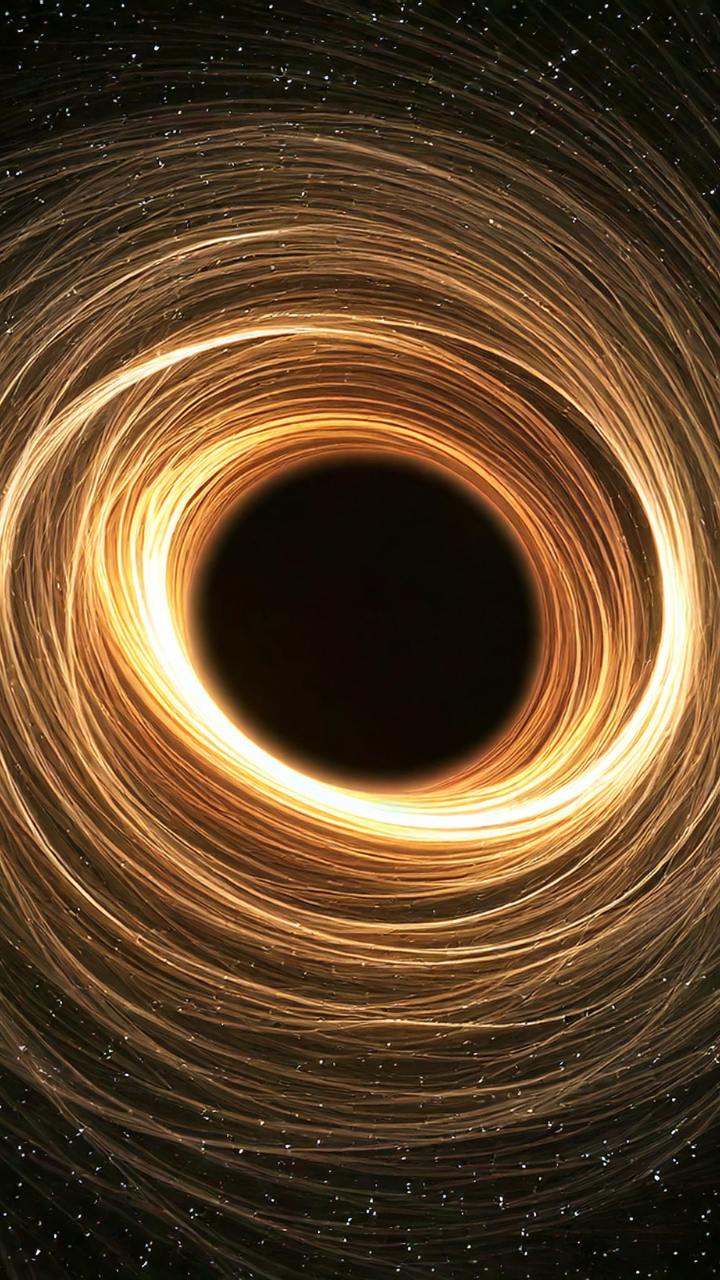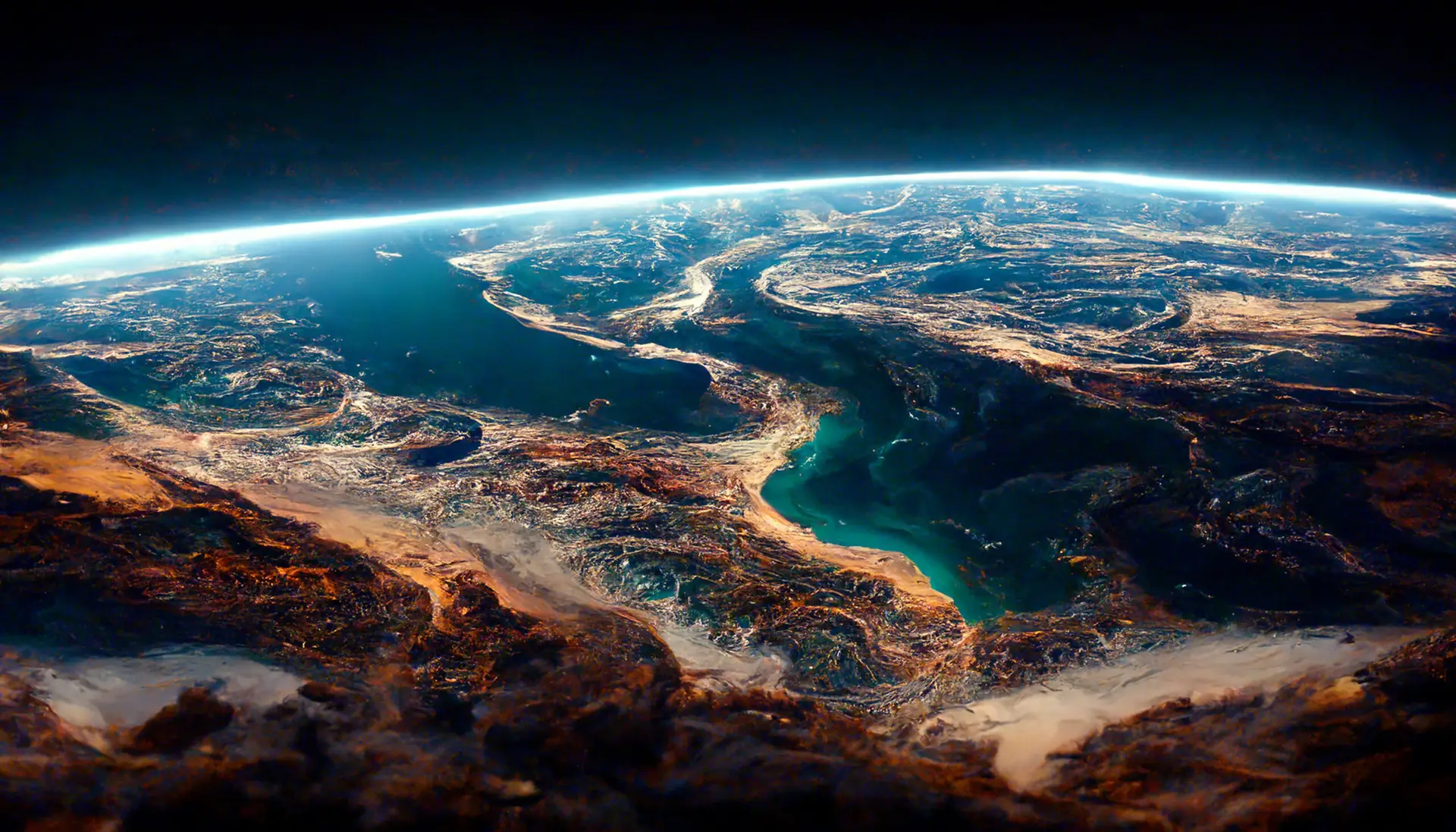Introduction
Black Hole Vs White Hole The universe is a vast playground filled with phenomena that stretch the boundaries of human understanding. Among the most enigmatic entities are black holes and white holes. These cosmic opposites captivate the imagination, with black holes devouring everything in their vicinity and white holes theoretically ejecting matter and energy. But what exactly are these entities, and how do they differ? Let’s unravel the mysteries behind them.
What Are Black Holes?

Black holes are regions in space where gravity is so intense that nothing—not even light—can escape. They form when a massive star exhausts its fuel and collapses under its own gravity. At their core lies a singularity, a point where density becomes infinite and the laws of physics as we know them break down.
Black holes are surrounded by an invisible boundary known as the event horizon. This is the “point of no return,” beyond which anything that crosses is inevitably pulled into the singularity. Black holes vary in size, from stellar-mass black holes to supermassive ones like Sagittarius A* at the center of the Milky Way.
VIEW:https://youtube.com/shorts/hHFz78dqje8
What Are White Holes?

White holes are the theoretical antithesis of black holes. While black holes pull matter in, white holes are thought to expel matter and energy, making them inaccessible to anything in the universe. They are solutions to the equations of general relativity, but unlike black holes, no observational evidence supports their existence.
A white hole would theoretically behave as an impenetrable barrier, with matter and light unable to enter. They are often linked to black holes through concepts like wormholes, but their role in our universe remains speculative.
The Physics Behind Black Holes
The intense gravity of a black hole is a result of its immense mass concentrated in an incredibly small space. This warps space-time, creating a deep well that nothing can climb out of once it passes the event horizon. Inside the event horizon lies the singularity, where the curvature of space-time becomes infinite.
The Physics Behind White Holes
White holes emerge as a time-reversed solution to Einstein’s field equations. They represent a region of space-time that is the opposite of a black hole, theoretically ejecting everything it encounters. However, such behavior contradicts certain laws of physics, such as the second law of thermodynamics, which states that entropy in a closed system always increases.
How Do Black Holes Form?
Black holes form from the remnants of massive stars after they undergo a supernova explosion. When the star’s core collapses, its mass compresses into an infinitesimal point, creating a singularity. The size of the resulting black hole depends on the mass of the star. Supermassive black holes, on the other hand, are thought to form through the merger of smaller black holes or the collapse of massive gas clouds in the early universe.
How Might White Holes Form?
The formation of white holes remains entirely theoretical. Some hypotheses suggest that they could emerge as a counterpart to black holes, connected via a wormhole. Others propose that they might result from quantum processes or conditions in the early universe. However, these ideas lack empirical evidence and remain speculative.
READ MORE:BLACKHOLE
Black Holes and Space-Time
Black holes profoundly affect the fabric of space-time, curving it to such an extent that they create a “gravitational well.” This curvature influences the motion of nearby objects and even bends light, a phenomenon known as gravitational lensing. These effects make black holes a valuable tool for testing theories of gravity and understanding the universe.
White Holes and Space-Time
White holes, if they exist, would create a region of space-time that repels matter. Unlike black holes, which pull everything inward, white holes would expel matter and energy outward. This could theoretically result in a fountain-like expulsion of material, but no such behavior has been observed.
Evidence for Black Holes
Black holes are no longer just theoretical entities; they have been observed indirectly through their interactions with surrounding matter. For instance:
- Accretion Disks: Gas and dust spiraling into a black hole emit X-rays, providing indirect evidence of their presence.
- Gravitational Waves: Mergers of black holes create ripples in space-time, detected by observatories like LIGO.
- Event Horizon Imaging: The Event Horizon Telescope captured the shadow of Sagittarius A*, the supermassive black hole at our galaxy’s center.
Why White Holes Lack Evidence

Unlike black holes, white holes have not been observed. Their hypothetical nature stems from mathematical solutions to relativity equations rather than empirical data. The absence of evidence could mean they do not exist or that they manifest under conditions yet to be understood.
Black Holes in Popular Culture
Black holes are a staple of science fiction, from movies like Interstellar to novels by Isaac Asimov. While these depictions often exaggerate or misrepresent black holes, they highlight humanity’s fascination with these cosmic enigmas.
Could Black Holes and White Holes Be Linked?
The concept of wormholes suggests a potential connection between black holes and white holes. A wormhole, or Einstein-Rosen bridge, would theoretically link two regions of space-time. In this model, a black hole could serve as an entry point, with a white hole acting as the exit. While intriguing, this idea remains speculative and unproven.
Impact on Our Understanding of the Universe

Black holes have revolutionized our understanding of gravity, quantum mechanics, and the nature of space-time. They challenge our theories and provide a testing ground for ideas like Hawking radiation. White holes, though unobserved, push the boundaries of theoretical physics, encouraging us to question what is possible in the cosmos.
Future Research on Black Holes and White Holes
Ongoing research continues to explore black holes, from imaging their event horizons to studying gravitational waves. White holes remain a theoretical curiosity, but advancements in physics could one day shed light on their existence—or lack thereof.
Conclusion
Black holes and white holes represent the extremes of cosmic physics. While black holes are tangible, with growing evidence supporting their existence, white holes remain speculative, serving as a thought experiment in our quest to understand the universe. Together, they symbolize the mysteries and possibilities that await discovery in the cosmos.
FAQs
1. Are black holes dangerous to Earth?
No, black holes are too far from Earth to pose any threat. Their gravitational influence only affects nearby objects.
2. Could white holes ever be proven to exist?
White holes are purely theoretical, and proving their existence would require groundbreaking advancements in physics and observational techniques.
3. What happens inside a black hole?
Inside a black hole lies the singularity, where density becomes infinite, and the known laws of physics cease to apply.
4. Do black holes last forever?
Black holes slowly lose mass through a process called Hawking radiation, eventually evaporating over incredibly long timescales.
5. How do scientists study black holes?
Scientists study black holes indirectly through their effects on nearby matter, gravitational waves, and imaging techniques like those used by the Event Horizon Telescope.
